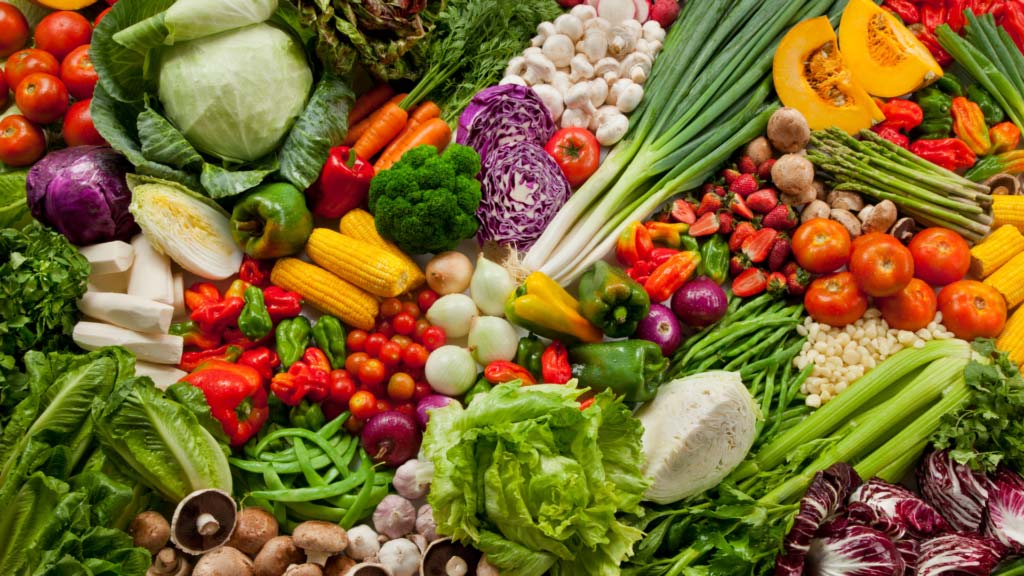

Most of us know we should eat more vegetables — but that doesn’t mean it’s easy. Between work, family, and busy schedules, grabbing convenient food often wins over prepping something fresh.
The good news? You don’t need to overhaul your entire diet to get the benefits of more vegetables. With a few small, consistent changes, you can improve your energy, digestion, and overall health — one meal at a time.
Don’t try to go from zero to five servings a day overnight. Start with one meal — maybe lunch or dinner — and add a vegetable to it every day this week. Once that feels normal, add another serving somewhere else in your day.
Consistency beats perfection every time.
You don’t have to eat plain broccoli to get the benefits. Try adding veggies to the meals you already enjoy:
When vegetables blend naturally into your favorite meals, you’ll eat more of them — without even thinking about it.
If healthy food is easy to grab, you’ll eat it more often.
Spend a few minutes each week washing, chopping, and storing vegetables in clear containers so they’re ready to go. Or keep things simple with frozen or pre-cut options — they’re just as nutritious and save you time when life gets busy.
If you don’t like certain vegetables, try a different cooking method. Roasting, grilling, or air-frying can completely change their flavor and texture.
Try:
You might find that a veggie you disliked before becomes one of your favorites.
An easy visual guideline: aim to fill half your plate with vegetables at most meals.
Mix colors and textures — leafy greens, roasted veggies, raw crunch. The more color, the more nutrients your body gets to work with. Those nutrients support recovery, energy, and overall long-term health.
Don’t think of eating vegetables as a rule — think of it as a habit.
You don’t need to be perfect. Some days will go better than others. What matters is building consistency so eating vegetables becomes a normal part of your lifestyle. Over time, these small choices compound into better energy, stronger immunity, and a healthier you.
Bottom line: You don’t need a complicated meal plan to eat better — just small, steady improvements. Add color to your plate, keep it simple, and let your habits do the heavy lifting.